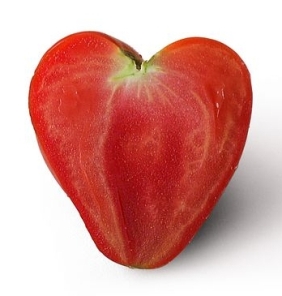 In my previous blogs, I have explained my overall goals for my research involving phosphate stress. I hope to learn more about the two main secreted PAPs (12 and 26) found in Arabidopsis and eventually over-express these proteins. However, I recently came across some research with a very similar approach to the issue of declining available phosphate and the need to produce transgenic phosphate-efficient crops.
In my previous blogs, I have explained my overall goals for my research involving phosphate stress. I hope to learn more about the two main secreted PAPs (12 and 26) found in Arabidopsis and eventually over-express these proteins. However, I recently came across some research with a very similar approach to the issue of declining available phosphate and the need to produce transgenic phosphate-efficient crops. Dr Gao and her colleagues published a very detailed research paper this past summer in the Plant Soil Journal. Previous studies found a regulatory element, miR399, involved in the phosphate starvation response. The main research focus of this regulatory element has been in tobacco plants. However, Dr Gao wished to evaluate whether miR399s can be over-expressed in tomatoes. From there, they wished to study the phenotypes associated with phosphate stress when this over-expression occurs.






